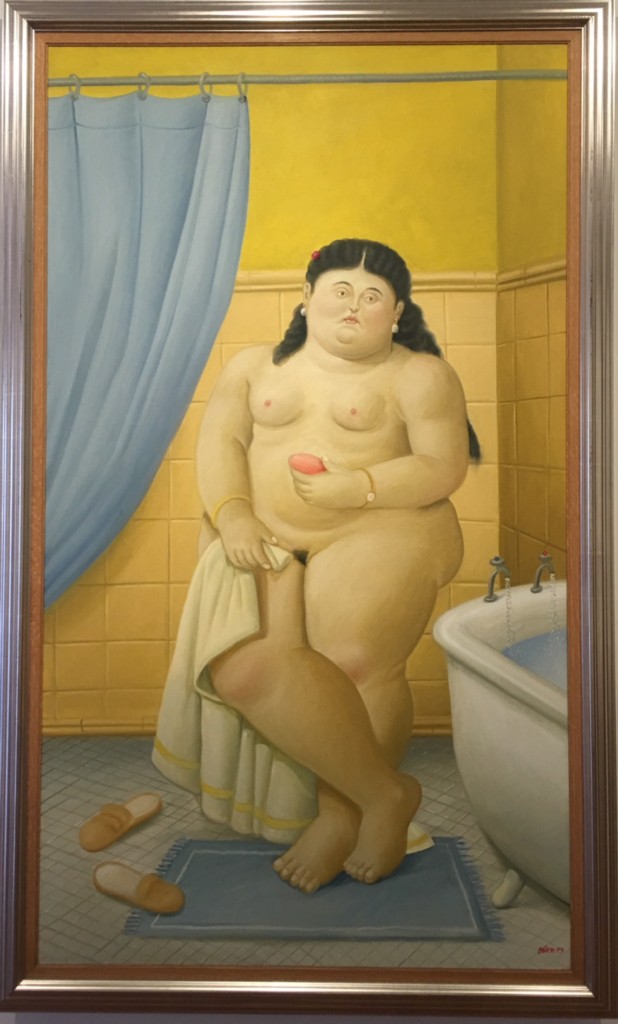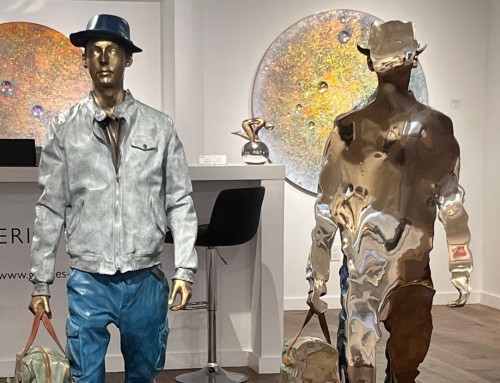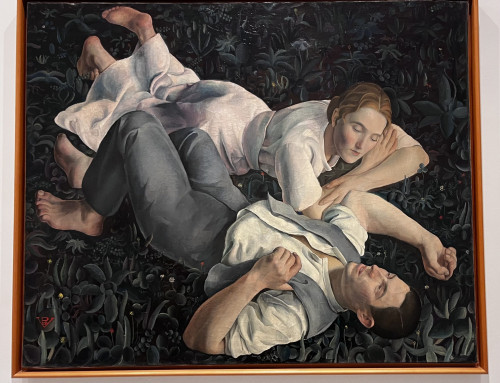Some artists are forgettable. Some of them shock you, sadden you, provoke you. Others simply move you beyond words. And then there is Fernando Botero.
Love him, despise him or be indifferent, no matter what you feel, Botero continues chaffing at the church, the police, the society at large, anything he fancies, with what he does best: voluptuous figures.
Botero had his first exhibition at the age of 16 and has not stopped painting for the past 69 years. Lacking depth and un-contemporary, are some of the critiques of his work. By consistently using traditional techniques, Botero says, “I represent the opposite of what is happening in art today.” And maybe that’s what sets him apart.
Even though his rotund figures convey a sense of joy, the world-famous Colombian artist does not shy away from contemporary issues of violence and repression. Shocking images of killings originated from drug trade, police brutality, bullfighting, are some of the themes that he addresses with powerful denunciation coupled with profound sensitivity. In 2005, he made a series titled “Abu Ghraib”, which were inspired by photos of torture in Iraq’s Abu Ghraib prison by US forces. By manipulating scale, color and form, Botero allows the viewer to feel the horrors of torment and humiliation and at the same time, the humanity of the prisoners.
Nestled in a most vibrant historical, art and cultural area of La Candelaria in capital Bogota, the Botero Museum houses 123 of his paintings and sculptures and attracts year-round visitors from all over the world. It also showcases the artist’s impressive private collection of famous artists, a trove known to be one of the most outstanding in Latin America, that includes rare gems such as Pablo Picasso’s oil painting “Arles: the Wheel Before Rodano”, Joan Miro’s oil painting “The Red Disk Chases the Lark”, Marc Chagall’s Flying Clown”, Georges Braque’s oil painting “Jar and Ace of Clubs”, Alberto Giacometti’s “Caroline” series; Lucien Freud’s etching “Head and Shoulder of a Girl”, Balthus’ pencil drawing “Study of ‘The Guitar Lesson’”, Salvador Dali’s bronze sculpture “Retrospective bust of Woman”, Lucien Freud’s etching “Head and Shoulder of a Girl”, Robert Motherwell’s “Structure before the Italian Mediterranean”, and Frank Auerbach’s “Mornington Crescent to the South”. One surprise in the collection is Ferdinand Leger’s 1949 watercolor dedicated to Colombia, and portraits that Botero painted of old masters that he admires in his own unique style of soft, intimate, voluminous human forms.
















